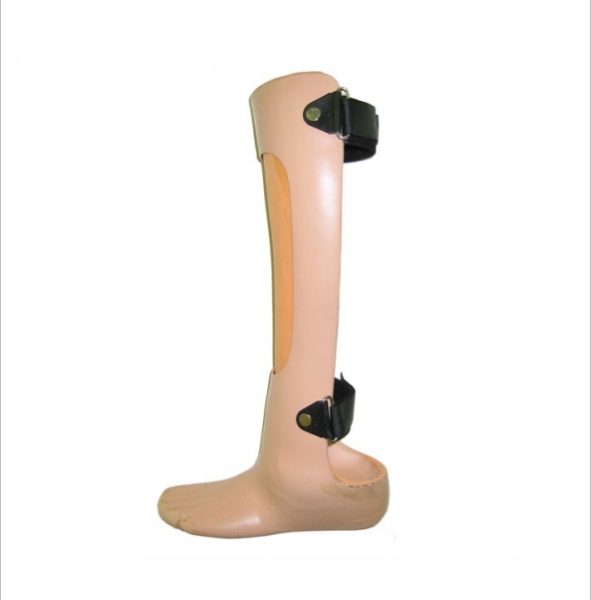Trauma is among the most common causes of lower and upper limb amputation. amputation is a surgical technique that involves the removal of a limb or part of a limb not the joints The most common causes of amputation where the lower and upper limbs are vascular.

The causes that force doctors to perform an amputation can be multiple and not only of a traumatic nature. Among the causes we mention:
- Vasculopathies : peripheral vascular disease is among the most common causes of amputation of the lower limb. The vascular pathologies that most affect the decisions of amputations are:
- chronic obstructive peripheral arteriopathy on atherosclerotic base with consequent lack of tissue spraying upstream of the restriction
- Diabetic vasculopathy: diabetes accelerates the obstructive process of the vessels and causes lesions and ulcers in the peripheral areas that are struggling to heal. When these ulcers are on different parts of the foot, limb amputation is often required.
- Trauma : among the causes of amputation there are crushing traumas, traumas caused by gunshots or mine.
- Neoplasia : bone , skin , vascular tumors .
- Infections : meningococciga septicemia , infections following a trauma, or an operation of orthopedics or vascular surgery.
The most common causes that lead to amputation are vascular, caused by: peripheral, traumatic, tumoral, infectious, congenital and iatrogenic vasculopathies.
What Are The Parts Subject To Amputation?
The parts of the body subject to amputation are:
- arms
- legs
- hands
- walking
- fingers and toes
How you do it Amputation
Before proceeding to amputation, it is necessary to make sure that the patient is stable, that he does not suffer from heart failure, that there is an infection in progress and, in case of diabetes, that the latter is under control. The second step is the execution of some limb tests, to be able to understand what is the minimum limb threshold to amputate to ensure the health of the patient. Only in the case of tumors it is preferred to remove a greater amount of tissue, often including the joints, to avoid that some tumor cells remain and the disease resumes its path. Once the patient’s clinical picture has been ascertained and the tests carried out, it is possible to go into the operating room for amputation.
First the surgeon will block the blood circulation in the limb to be amputated, closing veins and arteries, so as to avoid bleeding. To do this, before proceeding with the scalpel, the surgeon will apply a tourniquet, resorting if necessary also to the perfrigeration, or the lowering of the temperature of the part to be amputated. Once the muscles are cut and the bone is cut, the skin and the muscle fibers are stitched back onto the stump. First, however, we proceed to the hemostasis, or the closure of the vessels, already blocked with the lasso, and the removal of the nerve trunks to prevent them from being sewn on the stump, giving pain to the patient.
The suture is a very important step: unlike in the past, the surgeon must do it already thinking about the possibility of applying a prosthesis later. The latter may be more than an inert substitute for the limb: thanks to the idea that came to Giuliano Vanghetti about thirty years ago, today kinematic amputation is possible. In this type of amputation the muscles of the stump will be the same to command the artificial limb.
How To Control Phantom Pain
Phantom pain usually appears after amputation surgery and, in most cases, are repeated attacks of pain on the side of the amputated limb as if it were still present. To control phantom pain you can:
- Touch the stump and massage it. Learn more at: How to take care of the amputation stump .
- Take an analgesic such as Paracetamol;
- Apply cold;
- Occupy mind, not thinking about pain.
This pain can arise soon after surgery or over the years, and it is necessary for the person to learn to control pain with the help of pain specialists so that the person can lead a life similar to normal.
Physical Exercise After Amputation
The person with limb amputation can do all kinds of physical exercise, such as swimming, running or dancing for example, but needs to make adaptations depending on their limitation.
Physical exercise should be done at least 3 times a week for at least 30 minutes and in addition to helping to maintain weight and strengthen muscles, it helps to gain strength, which is key to using walking aids properly, such as crutches
In addition, physiotherapy sessions also complement the practice of physical exercise done in the street or in the gym because they contribute to increased mobility and balance.
